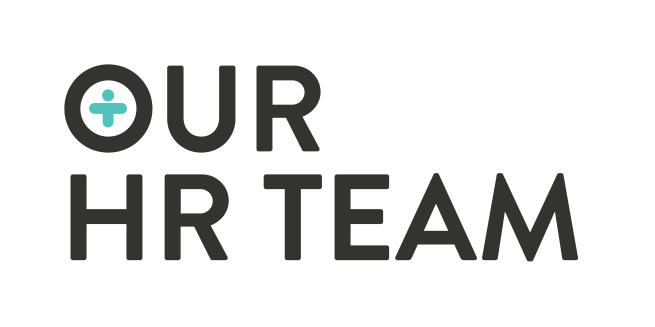By Kerrie Briggs | Senior HR Advisor
Following on from our most recent blog Communications during COVID: Emailing isn’t always the best way to communicate, we wanted to share some more thoughts on this topic.
Even with all the opportunities for virtual face-to-face meetings, it is easy to miss visual cues in body language and facial expressions that could be telling you an employee is not coping well. Although some people may have thought working from home was their dream job, the reality is it can feel isolating and can prove more challenging than working from an office.
Many businesses are focussing on the efficiency of systems to keep operating however what they aren’t anticipating is, if the culture is broken or an employee does not feel like the business cares about what they are experiencing, then even the most efficient systems just won’t work.
As a business, Our HR Team regularly promotes the use of an employee check in process with the companies we support. This process assists with new starters settling in with a business, or to talk through performance and development. While it can be an informal chat over a coffee it is also a valuable opportunity to get feedback from an employee on how they are finding things generally. This same process can be adopted in the current remote working environment and is a useful technique to provide subtle changes to communication styles when communicating with your remote working team. Employee check ins are meaningful conversations that get “beneath the surface” and help to build trust and confidence.
Here are some questions that may assist you to prepare for meaningful conversations when checking in with your remote team:
| Topic | Question | Follow Up |
| Motivators | What do you like about working from home? | What work task have you enjoyed the most?
What has been the highlight of your week? What wins can we celebrate this week? |
| Challenges/Roadblocks | What has been the biggest challenge working from home? | What is more difficult than it should be?
Are there any roadblocks? Can we make some changes to alleviate some of these challenges? |
| Health & Safety (Physical) | What does your workplace set up look like?
Have you completed the/an offsite ergonomic checklist? |
What is one thing you would improve if you could?
Note: Make sure you review the set up and check the requirements. |
| Connectivity & General Wellbeing | How are you feeling working remotely without regular social interactions?
We have scheduled several social events virtually – have you managed to get to a few of these? How are you connecting with your own team members on work issues? |
What tools are helping you feel connected?
Is there anything else you would like to promote social interactions? What do you think has been successful with these events? Can you schedule time with your peers to ensure that you stay connected on teamwork activities? |
| Weekly Planning | How are you preparing your workload? | What does your daily routine look like?
How are you planning breaks? – what activities do you enjoy in your breaks? What is helping you to stay organised during this time? |
| Support Networks | Who do you connect with most often at work?
Do you know who to talk to you if you are needing help? |
Do you feel you have enough support? Who would you like to connect with more?
Do you find these check-ins helpful? Do you feel they are regular enough? Is there anything I am not communicating that you would like to know about? |
| Communication | Do you feel there is sufficient communication so that you have clarity on work priorities etc? | How is the frequency of communication?
How would this work best for you? |
| Technology | Do you feel you are able to participate and collaborate? | Are you having any technology issues?
Do you feel you understand what everyone is working on? Do you feel able to share what you are working on with the rest of your team? |
Communicate, communicate, communicate. It is a constant balance of checking-in with your people not just updates on work progress but also on mental health. Rather over-communicate than under-communicate so the key words here are regular and often. Show your team we truly are ‘all in this together’.
